New on LowEndTalk? Please Register and read our Community Rules.
All new Registrations are manually reviewed and approved, so a short delay after registration may occur before your account becomes active.
All new Registrations are manually reviewed and approved, so a short delay after registration may occur before your account becomes active.
















Comments
SPACE FACTS
The highest mountain discovered is the Olympus Mons, which is located on Mars.
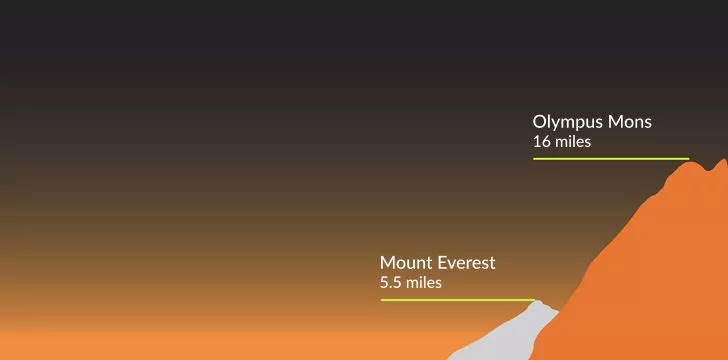
Its peak is 16 miles (25 km) high, making it nearly 3 times higher than Mount Everest.
And not only is it tall, but it’s also 374,015 ft² (114,000 m²) wide – that’s an area the size of Arizona!
SPACE FACTS
The Whirlpool Galaxy (M51) was the first celestial object identified as being spiral.
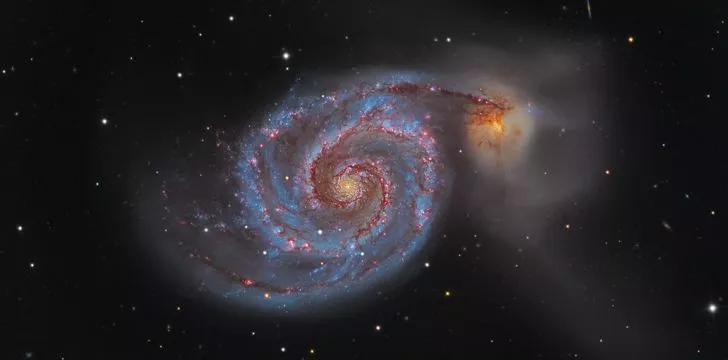
The grand, spiraling arms of the Whirlpool Galaxy are made up of long lanes of stars and gas, sprinkled with lots of space dust.
These arms act as star formation factories, compressing hydrogen gas and creating clusters of new stars.
SPACE FACTS
A light-year is the distance covered by light in a single year.
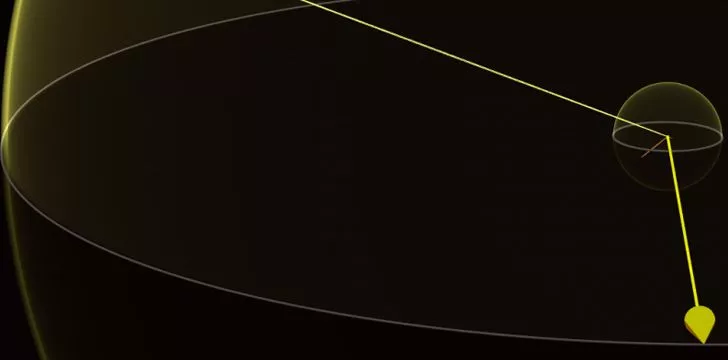
Light moves at the velocity of about 186,411 miles (300,000 km) a second.
So one light-year equates to roughly 5,903,026,326,255 miles!
SPACE FACTS
The Milky Way galaxy is 105,700 light-years wide.
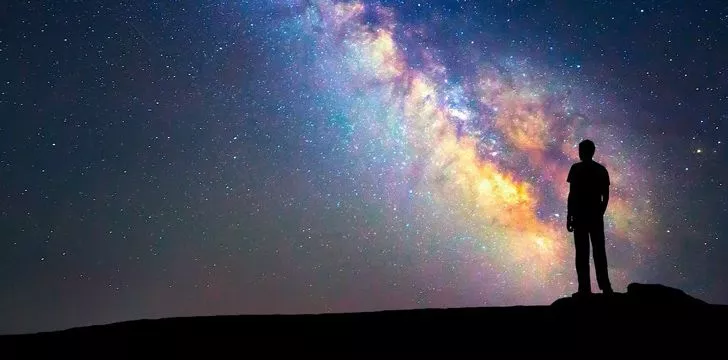
It would take a modern spacecraft 450,000,000 years to travel to the center of our galaxy!
You can read more unbelievable space facts with this list of Milky Way facts!
SPACE FACTS
The Sun weighs about 330,000 times more than Earth.
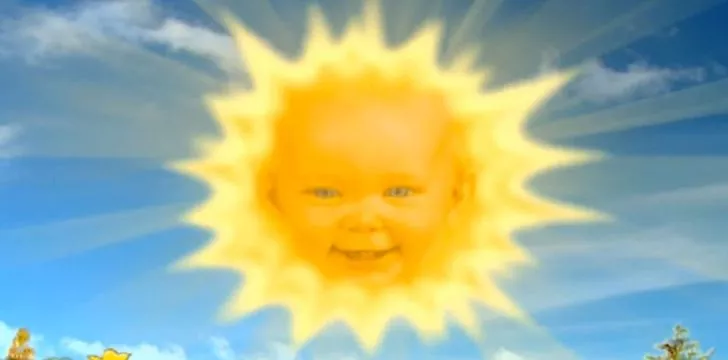
It is about 109 times the diameter of Earth and is so large the Earth could fit inside the sun about 1,300,000 times over!
In fact, the sun is so gigantic that it contains 99.85% of all mass in our solar system.
Mercury's surface temperatures are both extremely hot and cold. Because the planet is so close to the Sun, day temperatures can reach highs of 800°F (430°C). Without an atmosphere to retain that heat at night, temperatures can dip as low as -290°F (-180°C).
SPACE FACTS
Footprints left on the Moon won’t disappear as there is no wind.
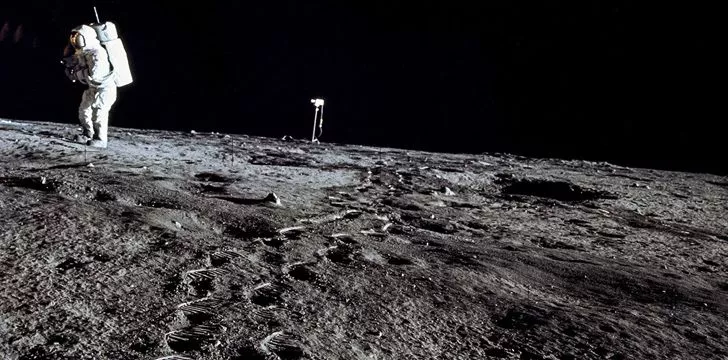
But wait a minute… if there’s no wind to blow them away then why is the flag blowing? Well, it actually wasn’t blowing.
That rippling you see is because of a stubborn telescopic horizontal rod that the astronauts were struggling to remove from the flag’s upper hem.
Still unsure whether we’ve walked on the Moon? Here are 5 common Moon landing myths debunked.
Weird fact, right? This is why I feel Science can never be trusted to stay uniform.
WELCOME TO PAGE 179 - THE SPACE FACTS PAGE !!
SPACE FACTS
Because of lower gravity, a person who weighs 220 lbs on Earth would weigh 84 lbs on Mars.
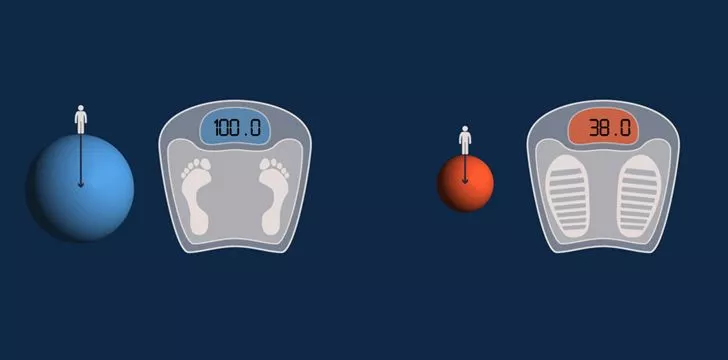
When sending droids to the surface of Mars, this is something scientists plan for, being able to load the droid up with more equipment and build it from more robust materials.
SPACE FACTS
There are 79 known moons orbiting Jupiter.
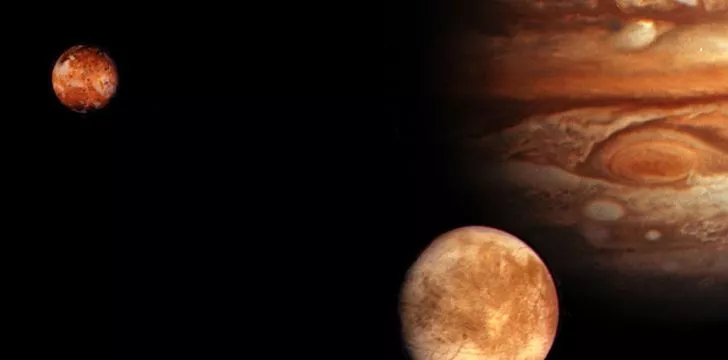
Jupiter is the planet in our solar system with the most moons, and it also has the largest moon in our solar system.
That moon is called Ganymede and is 3,270 miles (5,270 km) in diameter – that’s bigger than Mercury and it is visible with just a pair of binoculars!
SPACE FACTS
The Martian day is 24 hours 39 minutes and 35 seconds long.
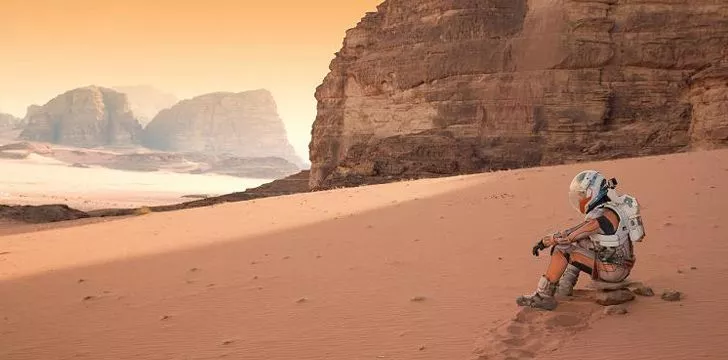
So you’d therefore assume there are less days in a year on Mars than Earth, right? Wrong!
Because Mars orbits the sun slower than the Earth, there are actually 687 Martian days in a Martian year!
SPACE FACTS
NASA’s Crater Observation and Sensing Satellite (LCROSS) found evidence of water on the Earth’s Moon.
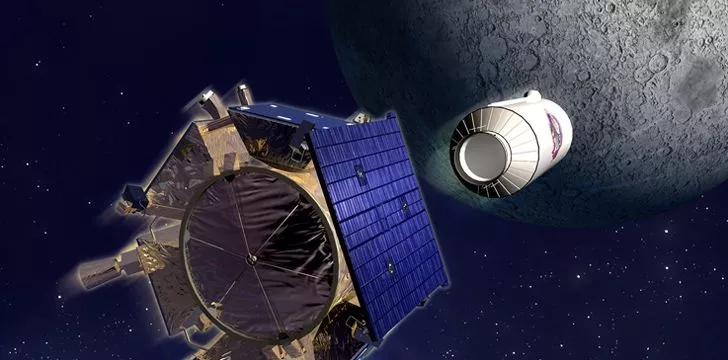
Whilst water cannot exist on the Moon’s surface under its current conditions, scientists believe water ice could survive within the cold, permanently shadowed crates at the Moon’s two poles.
SPACE FACTS
The Sun makes a full rotation once every 25 – 35 days.
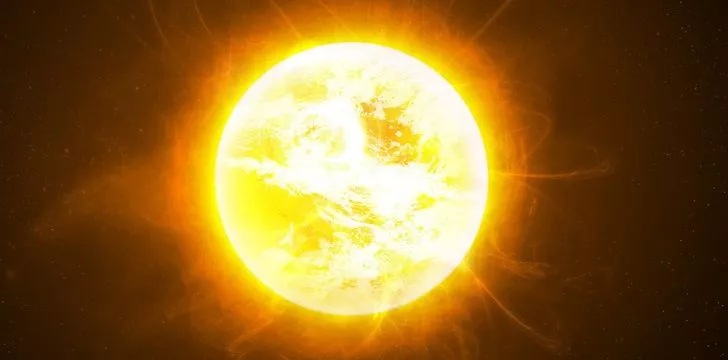
So for us on Earth, one full rotation equals one full day. However, our gargantuan sun takes 25 – 35 Earth days to make one full rotation!
Want to learn more space facts? Check out these 40 fiery facts about the Sun!
SPACE FACTS
Earth is the only planet not named after a God.
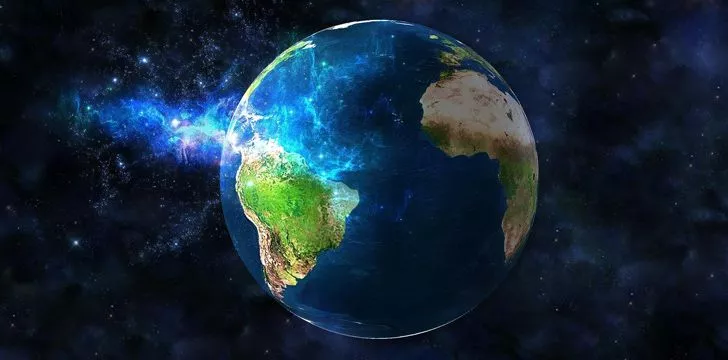
Nobody knows how the Earth got its name; all we know is that it is derived from an amalgamation of both the Old English and Old Germanic words for “ground”.
SPACE FACTS
Due to the Sun and Moon’s gravitational pull, we have tides.
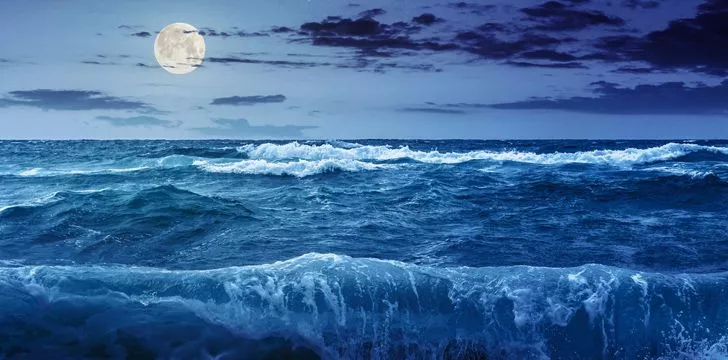
This is because the Moon’s tidal force causes the Earth – and the water on it – to bulge out on the side closest to the Moon.
These bulges are what cause the world’s high tides.
SPACE FACTS
Pluto is smaller than the United States.
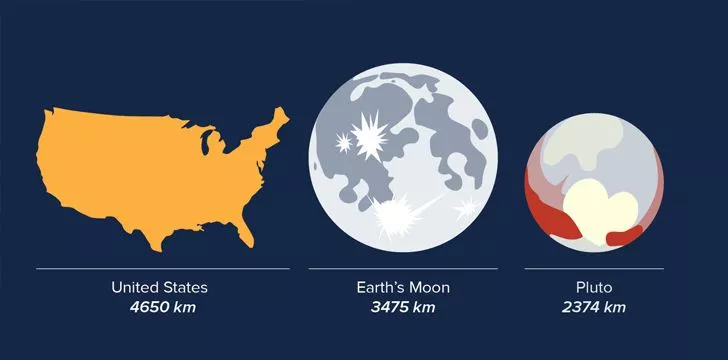
If you were to walk around the equator of Pluto it would be the same distance as walking from London to Denver (well, plus or minus an extra 56 miles).
SPACE FACTS
According to mathematics, white holes are possible, although as of yet we have found none.
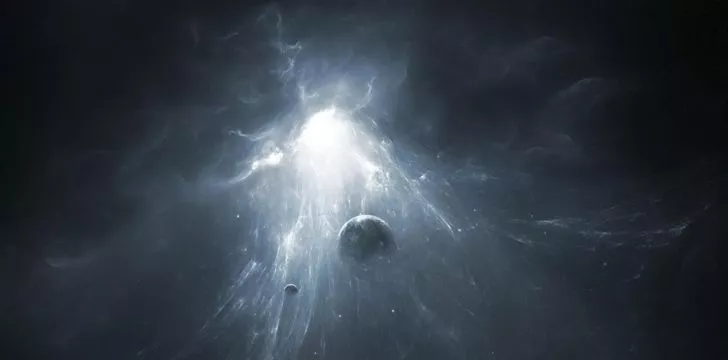
A white hole is a hypothetical region of space-time which can’t be entered from the outside, although matter and light can escape from within.
Basically, it’s the reverse of a black hole.
Mercury is a very weird planet, all sorts of things happen there that do not happen on other planets. It's the oddball for sure.
LET'S GO! RACKNERD'S NEW YEAR PARTY IS ALIVE!2024
Well, the first and the last ex-planet are weird for sure. One defies laws of physics, while the other disguised as a planet and deceived scientists for too long.
SPACE FACTS
There are more volcanoes on Venus than any other planet in our solar system.
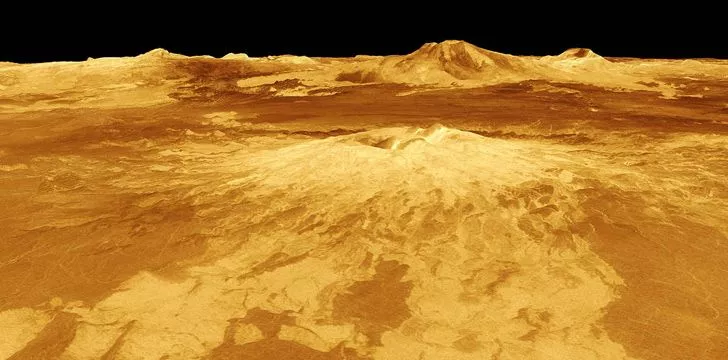
There are more than 1,600 major volcanoes across the surface of Venus, including a 5 mile (8 km) high volcano called Maat Mons.
However, none of these volcanoes are known to be erupting at present and most are probably long extinct.
Venus spins like a dizzy ballerina... but backwards
Unlike most planets rotating east to west, Venus takes a slow 243-day spin the other way. Imagine watching the sun rise in the west and set in the east – a trippy cosmic waltz! Some theories suggest a giant asteroid crash billions of years ago flipped Venus upside down, leaving it with this mind-bending rotation.
SPACE FACTS
Uranus’ blue glow is due to the gases in its atmosphere.
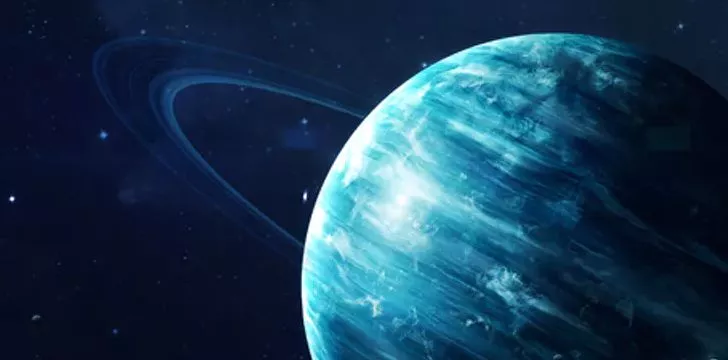
Uranus’ atmosphere is made up of hydrogen, helium and methane.
The methane in Uranus’ upper atmosphere filters out all the red light from the Sun but reflects the Sun’s blue light back into space, giving it its blue appearance.
Enjoying our space facts? If you’re interested in learning more, we have more interesting facts about Uranus.
SPACE FACTS
In our solar system that are 4 planets known as gas giants: Jupiter, Saturn, Uranus & Neptune.
A gas giant is a large planet that is made up mostly of gases like hydrogen and helium and has only a relatively small rocky core.
SPACE FACTS
Uranus has 27 moons that have been discovered so far.
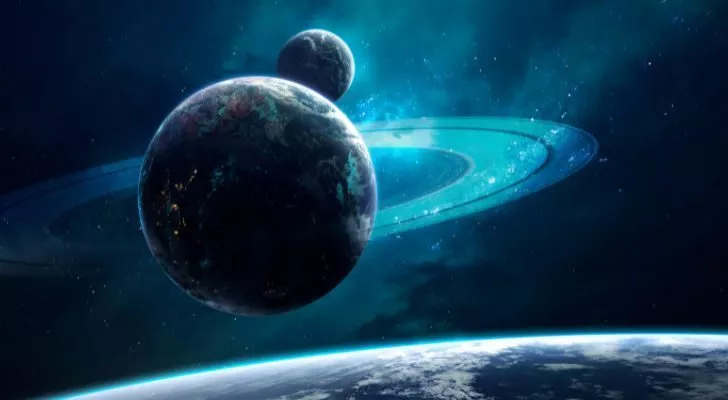
It has 5 large moons and 22 small moons. Titania is the largest of Uranus’ moons and is the eighth largest moon in our solar system with an average diameter of 980.5 miles (1,578 kilometers).
SPACE FACTS
Because of its unique tilt, a season on Uranus is equivalent to 21 Earth years.
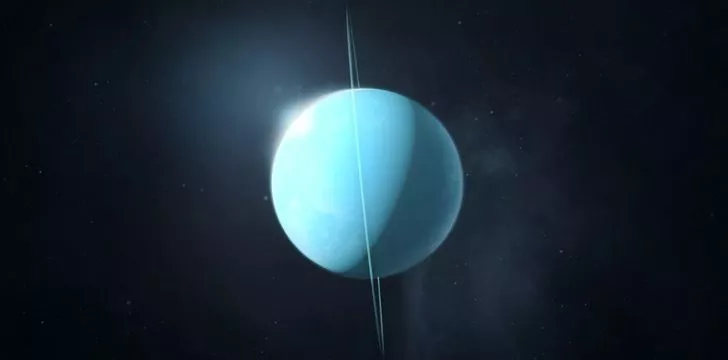
Also, the 97.77 degrees tilt on Uranus’ axis means that a day there only last 17 hours, 14 minutes, and 24 seconds.
SPACE FACTS
Neptune’s moon, Triton, orbits the planet in reverse.
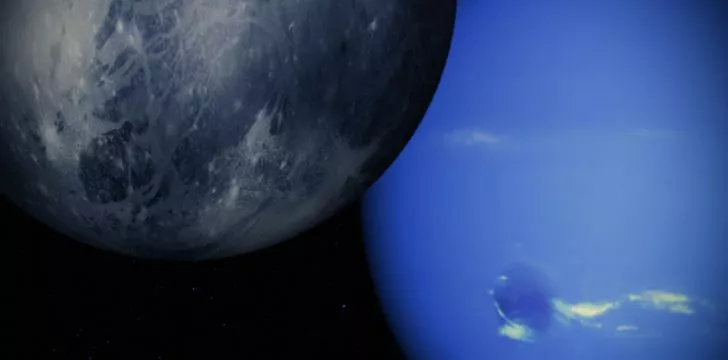
Triton is the only large moon of any of the planets that does this.
This is known as a retrograde orbit and astronomers are unsure as to why Triton orbits Neptune this way.
SPACE FACTS
Triton is gradually getting closer to the planet it orbits.
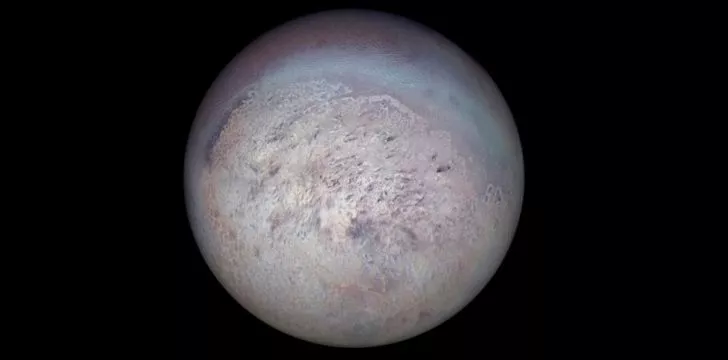
Scientists believe that when Triton eventually gets too close to Neptune, it will be torn apart by the planet’s gravity and could potentially create another ring around Neptune – giving it more rings than Saturn.
SPACE FACTS
There are more stars in space than there are grains of sand in the world.
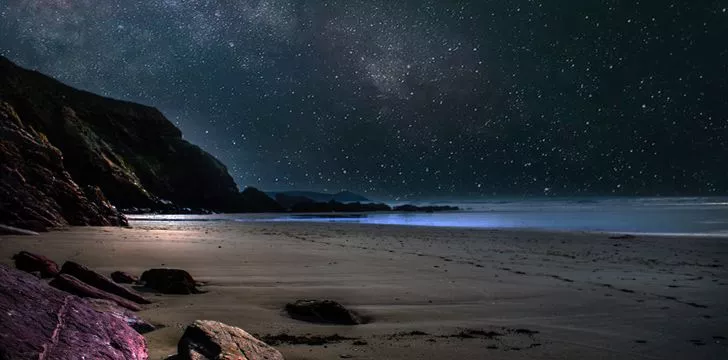
There are 10 times more stars in the night sky than grains of sand on the Earth, with 70 sextillion stars being visible from Earth through a telescope.
To put that in numbers, 70 sextillion is this: 70,000,000,000,000,000,000,000.